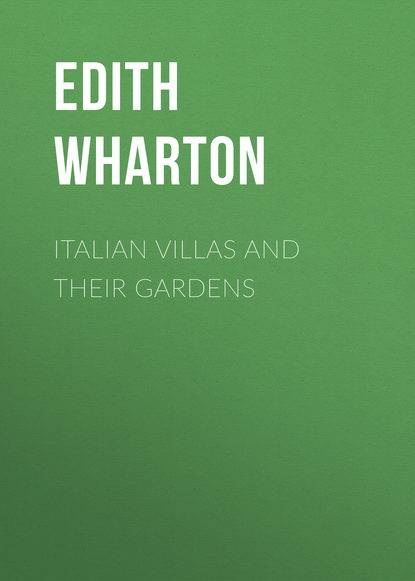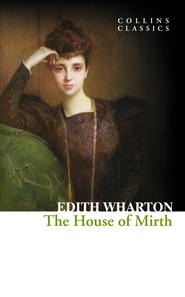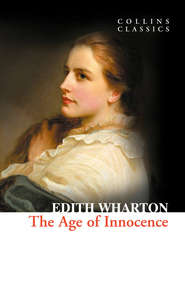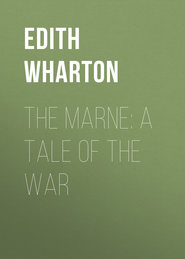По всем вопросам обращайтесь на: info@litportal.ru
(©) 2003-2024.
✖
Italian Villas and Their Gardens
Настройки чтения
Размер шрифта
Высота строк
Поля
RAPHAEL SANZIO
1483-1520
Raphael succeeded Bramante as chief architect of St. Peter’s. His most important villa is the famous Villa Madama near Rome. The Farnesina in Rome was built by him, and he laid out the gardens of the Vatican. His other works in Rome are the Palazzo Caffarelli (now Stoppani) and the Capella Chigi. In Florence he designed the façades of the church of San Lorenzo and of the Palazzo Pandolfini (now Nencini).
REPTON (HUMPHREY)
1752-1818
Repton, who was born at Bury St. Edmunds, began life as a merchant, but having failed in his business, became a landscape-gardener. He published “Observations on Landscape Gardening” (1803), and is the best-known successor of “Capability Brown” in the naturalistic style of gardening.
ROMANO (GIULIO DEI GIANNUZZI—ALSO CALLED GIULIO PIPPI)
1492-1546
As Raphael’s pupil, Giulio Romano painted the architectural backgrounds of Raphael’s frescoes in the Vatican, and this led to his studying architecture. His masterpiece is the Palazzo del Tè at Mantua, where he also built a part of the Palazzo Ducale. He carried out Raphael’s decorations in the Villa Madama.
RUGGIERI (ANTONIO MARIA)
XVIII Century
Ruggieri built the Villa Alario (now Visconti di Saliceto) on the Naviglio near Milan, and the façade of the church of S. Firenze in Florence. He also remodelled the interior of Santa Felicità in Florence, and in Milan he built the Palazzo Cusani.
SANGALLO (ANTONIO GIAMBERTI DA)
1455-1534
Antonio da Sangallo was a brother of Giuliano, and famous as a carver of crucifixes. He altered Hadrian’s tomb in Rome into the Castle of St. Angelo, and laid out a part of the Vatican gardens. The church of the Madonna di S. Biagio in Montepulciano and the fortress of Cività Castellana were built by him.
SANGALLO, THE YOUNGER (ANTONIO CORDIANI DA)
1483-1546
This Sangallo was a nephew of the other Antonio, and a pupil of Bramante’s. After Raphael’s death he became the leading architect of St. Peter’s. The fortress at Cività Vecchia is his work. In Rome he planned the outer gardens of the Vatican and built the right-hand chapel in S. Giacomo degli Spagnuoli, the beautiful Palazzo Marchionne Baldassini, the Palazzo Sacchetti, and the greater part of the Palazzo Farnese.
SANGALLO (GIULIANO GIAMBERTI DA)
1445-1516
Giuliano da Sangallo, the Florentine architect, was also noted as an engineer and a carver in wood. His great work is the villa at Poggio a Caiano near Florence, with a hall having the widest ceiling then known. He also built the Villa Petraia at Castello, near Florence, and in or near Florence the sacristy and cloister of San Spirito, the cloister for the Frati Eremitani di S. Agostino, and the villa of Poggio Imperiale. Among his other works are: the Palazzo Rovere near San Pietro in Vincoli, in Rome, and the Palazzo Rovere at Savona. Sangallo also constructed many fortresses. After Bramante’s death he worked with Raphael on St. Peter’s.
SANSOVINO (JACOPO TATTI)
1487-1570
Sansovino, though a Florentine by birth, worked principally in Venice. He was equally distinguished as sculptor and architect. In the latter capacity he built in Venice the Zecca or Mint, the Loggietta, the Palazzo Cornaro, the Palazzo Corner della Cá Grande, the Scala d’Oro in the Doge’s palace, the churches of San Martino and San Fantino, and his masterpiece, the Library of San Marco. In Rome the Palazzo Gaddi (now Nicolini) was built by him.
SAVINO (DOMENICO)
XVIII Century
Savino is mentioned among the landscape-gardeners who remodelled the grounds of the Villa Borghese.
TITO (SANTI DI) OF FLORENCE
1536-1603
Santi di Tito of Florence was known as an historical painter, and also as a builder of villas at Casciano and Monte Oliveto. An octagonal villa at Peretola was built by him, and he did some decorative work in the Villa Pia. In Florence he built the Palazzo Dardinelli.
IL TRIBOLO (NICCOLÓ PERICOLI)
1485-1550
Il Tribolo, the Florentine sculptor, studied under Sansovino. He became known for his beautiful designs in tile-work, of which the Villa Castello near Florence shows many examples. He collaborated with Ammanati in laying out the Boboli garden, and the great grotto at Castello is his work.
UDINE (GIOVANNI DA)
1487-1564
Giovanni da Udine, born, as his name indicates, in the chief city of the province of Friuli, was one of the most celebrated decorative artists of his day. He studied under Giorgione and Raphael, and became noted for his stained glass and for the invention of a stucco as durable as that of the Romans. His stucco-work in the Villa Madama and in the loggias of the Vatican is famous, and part of the decoration of the Borgia rooms in the Vatican is his work. Michelangelo’s chapel of the Medici in Florence was painted and decorated in stucco by Udine, and he carried out, in painting, some of Raphael’s designs for the great hall of the Farnesina. The Palazzo Grimani in Venice and the Palazzo Massimi alle Colonne in Rome were partly decorated by him.
VAGA (PIERIN DEL)
1500-1547
Del Vaga, whose real name was Pietro Buonaccorsi, was born near Florence. He was a pupil of Raphael’s, and after the latter’s death was employed in finishing a part of his work in the Vatican. Almost all del Vaga’s work was done in Genoa, where he painted the state apartments in the Villa Doria. The charming plaster decorations in the Palazzo Pallavicini (now Cataldi) are by him, and also the Hercules cycle in the Palazzo Odero (now Mari).
VASANZIO (GIOVANNI)
B. –, d. 1622
Vasanzio, known also as Il Fiammingo, but whose real name was John of Xanten, was a Flemish architect who came to Italy and had considerable success in Rome. He built the Villa Borghese in Rome and designed the fountains of the inner court of the Villa Pia. He also worked on the Villa Mondragone at Frascati and succeeded Flaminio Ponzio as architect of the Palazzo Rospigliosi in Rome.
VASARI (GIORGIO)
1511-1574
Vasari, who was born at Arezzo, was a pupil of Michelangelo and Andrea del Sarto. Though he considered himself a better painter than architect, it is chiefly as the latter that he interests the modern student. He built the court of the Uffizi in Florence and planned the Villa di Papa Giulio in Rome; painted the ceiling of the great hall of the Palazzo Vecchio in Florence, and carved the figure of Architecture on the tomb of Michelangelo in Santa Croce. He is, however, chiefly famous for his lives of the Italian painters and architects.
VIGNOLA (GIACOMO BAROZZI DA)
1507-1573
Vignola, one of the greatest architects of the sixteenth century, born at Vignola, in the province of Modena, followed Michelangelo as the architect of St. Peter’s. The Villa Lante at Bagnaia, near Viterbo, is attributed to him. In Rome he built the celebrated Villa di Papa Giulio, though the plan was Vasari’s; also the garden-architecture of the Orti Farnesiani on the Palatine. His masterpiece is the palace at Caprarola, near Viterbo. He also built the great Palazzo Farnese at Piacenza, various buildings at Bologna, and the loggia of the Villa Mondragone at Frascati. His church of the Gesù in Rome greatly influenced other architects. His text-book on the Orders of Architecture is one of the best-known works on the subject.
notes
1










